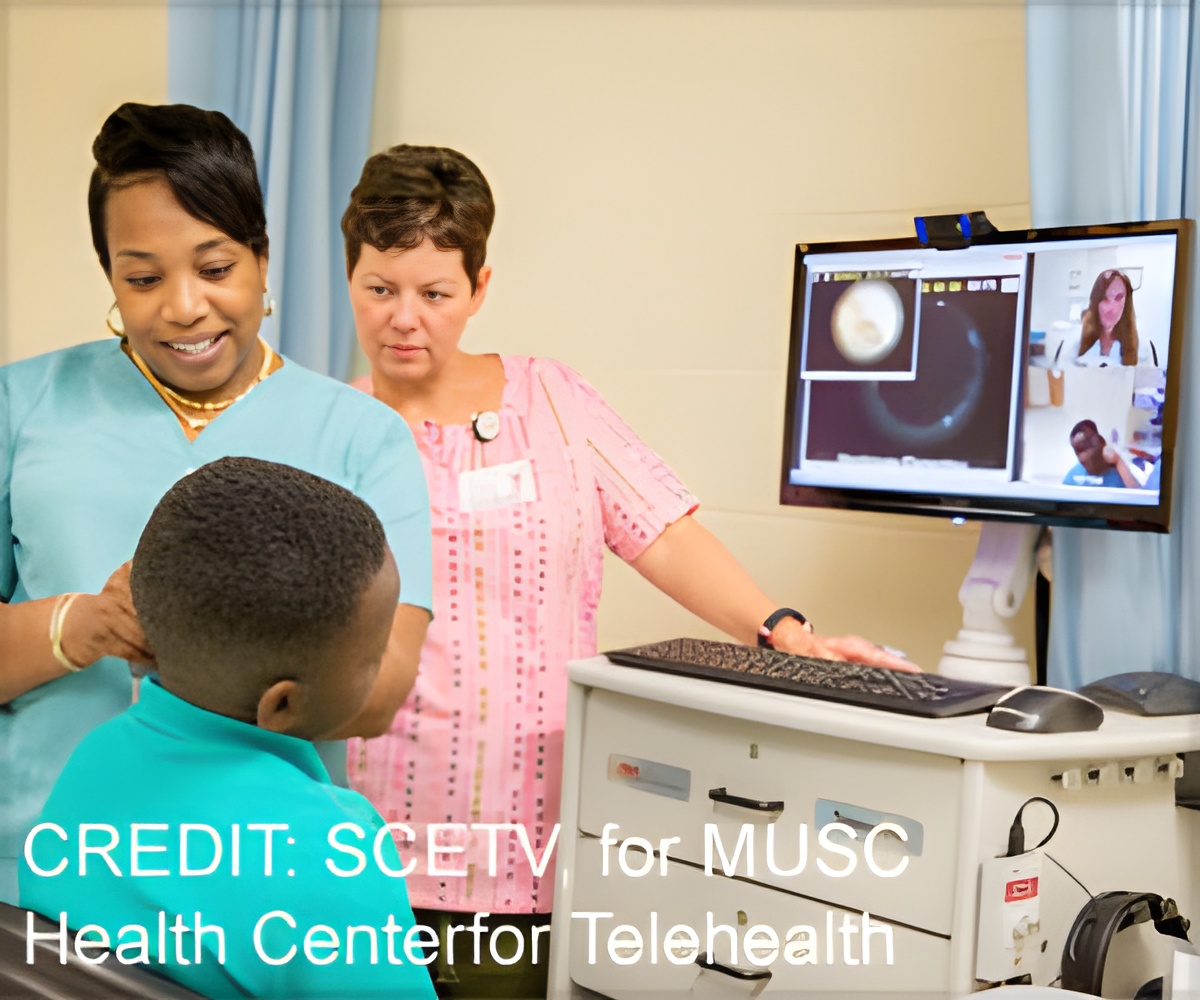New report predicts the growth of Australia’s telehealth devices market growth rate between 2023 and 2030 is to be around 10 percent annually.

Telehealth in remote Australia: a supplementary tool or an alternative model of care replacing face-to-face consultations?
Go to source).
Australia Telemedicine Market Analysis Report 2022 to 2030
Between 13 March 2020 and 31 July 2022 in Australia, 118.2 million telehealth services have been delivered to 18 million patients, and more than 95,000 practitioners have now used telehealth services. In addition to this, access to telehealth services will be supported by Medicare Benefits Schedule (MBS) arrangements since January 2022.‘The transformation of wound care treatment in Australia due to digitalization in healthcare, provides strong support for the growth of the telehealth devices market.#TelehealthServices #HealthcareTechnology #WoundCare’





One of the fastest-growing regions for the telehealth market is Asia-Pacific due to factors such as a growing elderly population, technological developments, and increasing demand for medical support in rural locations.The shortage of healthcare professionals and increased calls to reduce escalating healthcare expenditure are other factors that are expected to cause the region's market to grow at a faster pace.
Wound care treatment is undergoing tremendous developments in Australia as researchers from the University of Adelaide have introduced smart glasses featuring mixed reality technology. These innovative glasses are expected to revolutionize wound care, particularly for diabetes and vascular-related conditions.
The provision of convenient and affordable access to high-quality medical treatment also attributes to the escalating demand for telehealth services, which effectively meets the need of both consumers and providers.
Leveraging the power of video calling and mobile images, mixed-reality smart glasses are expected to provide enhanced solutions in the telehealth space, facilitating remote healthcare workers in rural areas with real-time supervision from specialists as they assess and treat patients' leg and foot ulcers.
Advertisement
Telehealth services in rural and remote Australia: a systematic review of models of care and factors influencing success and sustainability
Go to source).
As the telehealth sector evolves and thrives, the world may expect an upsurge of new advances and beneficial consequences that will overhaul not only wound care but also the broader frontiers of healthcare.
- Telehealth in remote Australia: a supplementary tool or an alternative model of care replacing face-to-face consultations? - (https://bmchealthservres.biomedcentral.com/articles/10.1186/s12913-023-09265-2)
- Telehealth services in rural and remote Australia: a systematic review of models of care and factors influencing success and sustainability - (https://www.rrh.org.au/journal/article/3808)
Source-Medindia










